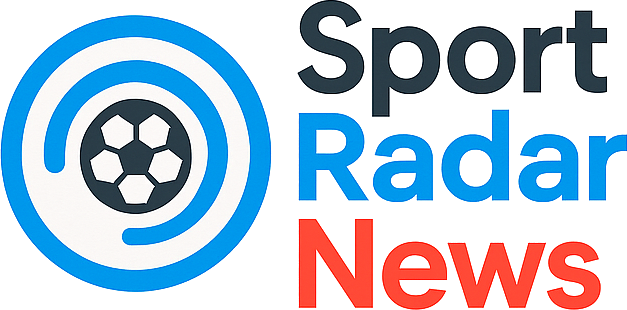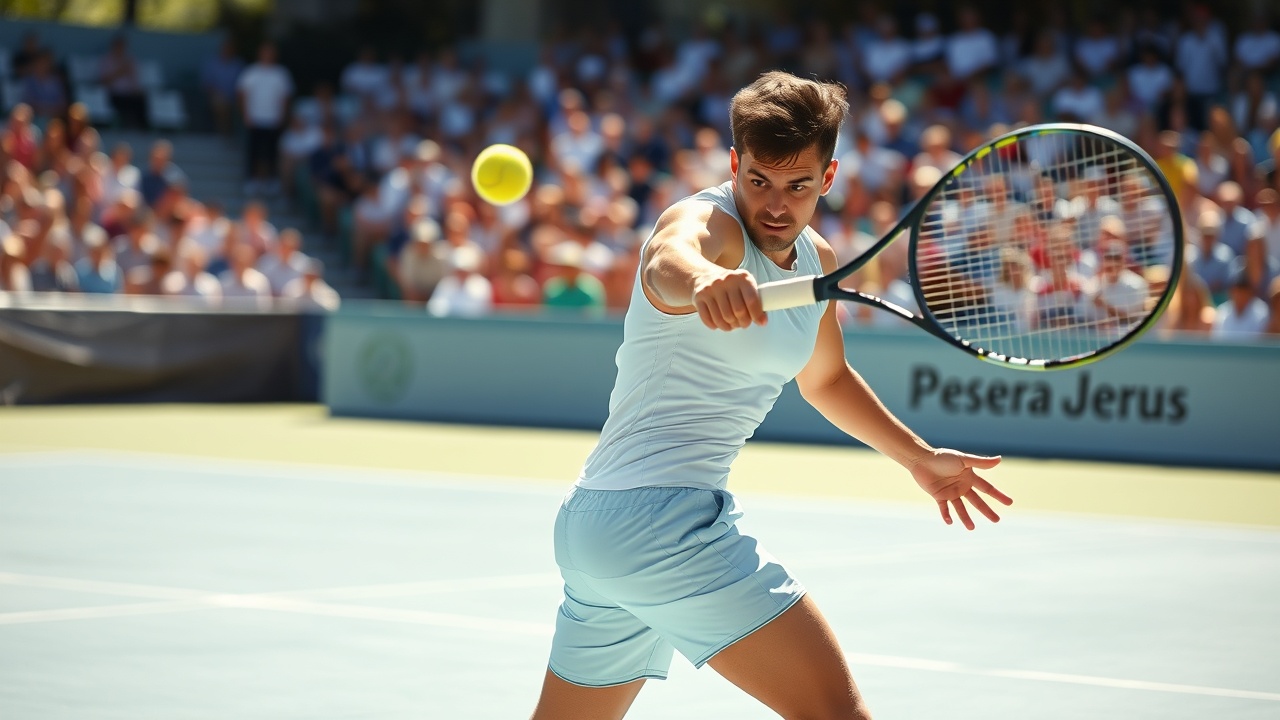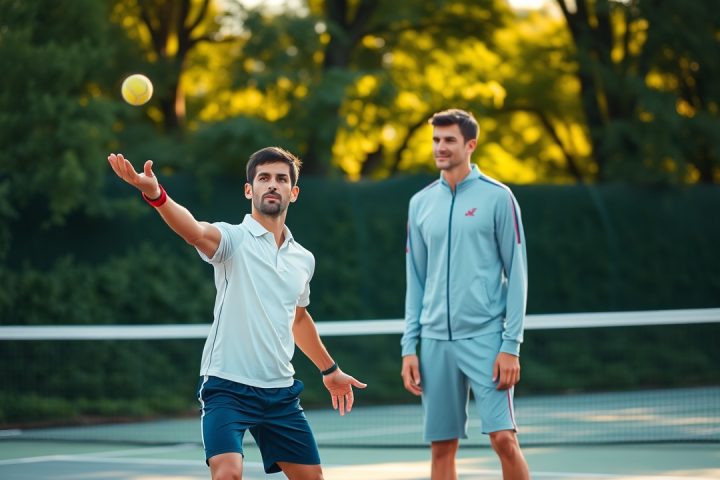The Advantage of Left-Handed Players in Tennis
In the world of tennis, being a left-handed player is often regarded as a considerable advantage, particularly due to the unique angle they can create when serving, especially to right-handed opponents. This notion was notably championed by Toni Nadal, who encouraged his nephew, Rafael Nadal, to embrace a left-handed style of play, despite Rafael being right-handed by nature. Throughout his celebrated career, Nadal has established a formidable reputation as one of the sport’s leading left-handers.
Current Examples of Right-Handed Players Who Play Left-Handed
Among current players, Jack Draper stands out as a prime example of a right-handed individual who plays left-handed, a choice heavily influenced by his admiration for Nadal.
“I do everything else right-handed,” Draper explained during his time at Indian Wells, California, earlier this year. “I just started hitting the ball left-handed when playing against a wall as a child, and it stuck with me. It’s a bit strange because I’ve always struggled with throwing left-handed until recently, but somehow my serving has worked out. I guess I’m just different.”
Similar to Draper, three-time Grand Slam champion Angelique Kerber and fellow player Cam Norrie also exhibit this crossover ability, opting to hit with their left hands while being entirely right-handed in other aspects of life. However, there are individuals like American player Tommy Paul who find themselves in a conundrum; he writes and eats left-handed but plays all sports right-handed.
“It’s peculiar for sure,” Paul shared at the US Open. “I can’t believe I didn’t pick up the racket with my left. My family is all mixed up too, which adds to the confusion.”
Statistics and Ambidextrous Players
Statistics reveal that only about 10-12% of the global population is left-handed, which includes a notable 11 left-handed male players and just 7 female players within the top 100 rankings. Ambidextrous players like Maria Sharapova also populate the sport, as she occasionally practiced left-handed shots in response to difficult positions, even attempting to play left-handed in her youth before reverting to right-handed.
Historical Context and Unique Cases
In tennis lore, there are notable instances of players who thrived under unique circumstances. Leylah Fernandez, who was the US Open runner-up in 2021, could easily have been either left or right-handed, expressing her preference for writing with her left while favoring her right for other activities. Similarly, legendary player Maureen Connolly was guided to adopt a right-handed playstyle by her coach, which proved successful as she won nine Grand Slam titles in the 1950s. Both Ken Rosewall and Margaret Court, who eventually achieved eight and 24 Grand Slam titles respectively, were similarly encouraged to switch from their natural left-handedness to right-handed play.
Players like Borna Coric, who initially gravitated towards left-handed play, surprised his father when he picked up a racket in his right hand. Conversely, Carlos Moya and Paula Badosa are both individuals who live their lives as left-handers but chose to adopt a right-handed stance when competing on the court.
Adaptability in Tennis
Notably, players can switch their dominant hand for varied reasons. British player Roger Taylor, a formidable left-handed serve-and-volley specialist, switched to a right-handed serve later in life due to shoulder issues, showcasing how adaptability is crucial in the life of an athlete. From varying reasons to unique backgrounds, the interplay between handedness and tennis continues to be a fascinating aspect of the sport.




